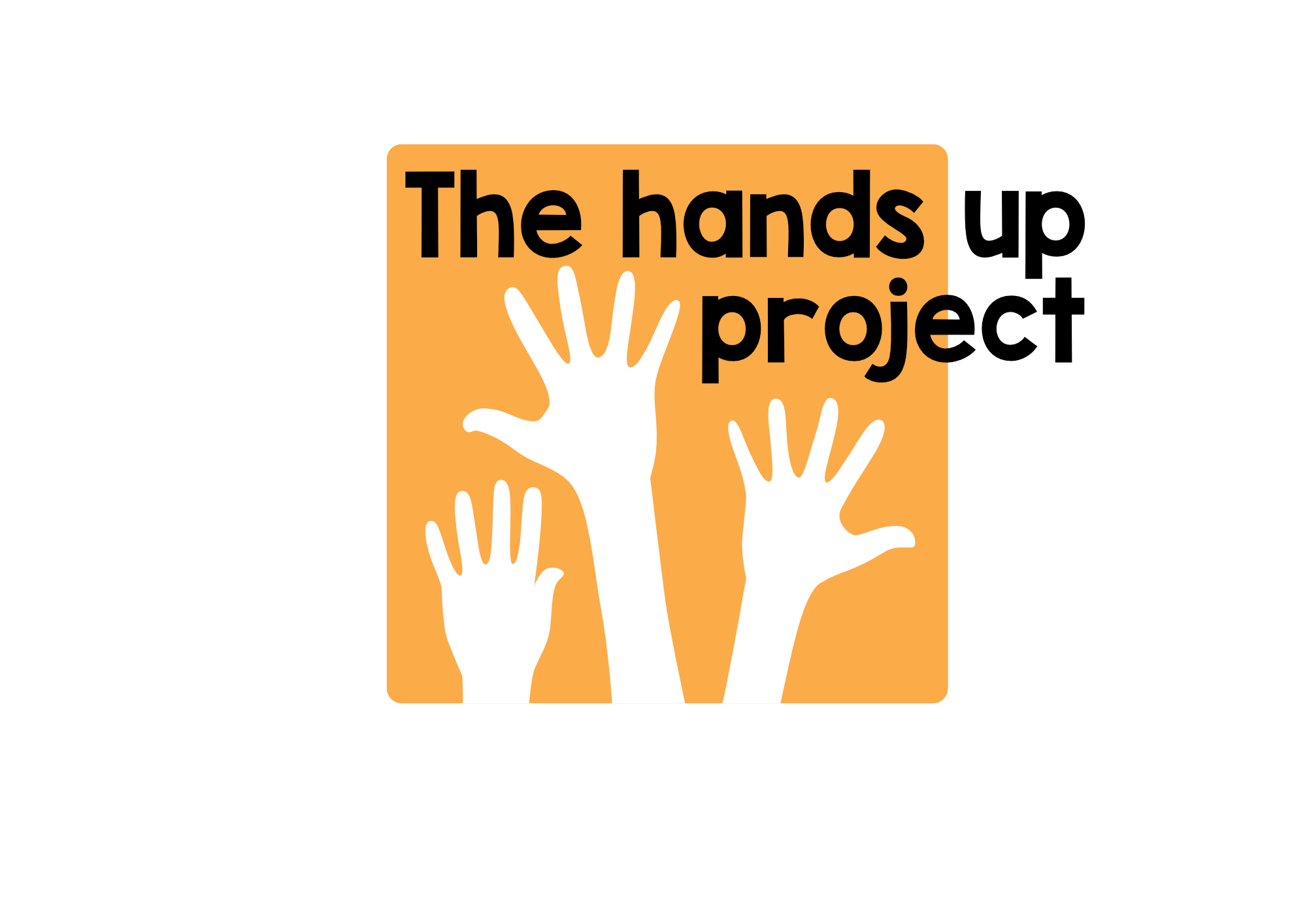Creative and Engaging storytelling for Teachers
This week, we have a post from long standing HUP volunteer in Gaza, Heba Hamouda. Heba completed her PhD research on digital storytelling last year, and recently took part in David Heathfield's online course - 'Creative and Engaging storytelling for Teachers' The next one starts on Monday 24th of August and David is kind enough to offer two free places on these courses to people involved in the Hands Up Project in Palestine.
In this blog, I’ll be summarizing David Heathfield’s Storytelling course which is titled Creative and Engaging Storytelling for Teachers. I’ll be talking about the following subtitles:
Definition of storytelling
The difference between reading stories and storytelling.
The Educational value of storytelling
The art of storytelling.
Storytelling can be simply defined as the art of narration for the sake of description and entertainment. Stories offer a fertile soil for helping individuals learn skills and obtain knowledge as our brains tend to organize information and store data in a story form. Moreover, the distinction between stories and other language forms is markedly manifested in the use of paralinguistic features through the art of narration. Features like pitch, stress, and intonation would critically contribute to the interpretation of the overall message. Thus, stories can provide students with an interesting language model to follow and eagerly imitate. Regarding the difference between storytelling and reading stores we can say that storytelling can guarantee higher levels of involvement and concentration among students. It is more interactive and flexible as the storyteller/teacher can control the story to accommodate students’ reactions. It’s also praised for the storyteller’s ability to nourish the story events with his/her interactions which would ease students’ understanding. Finally, it is similarly privileged for granting better opportunities for slow learners which made them feel equal to their classmates. The educational value of storytelling emerges from its originality. Everyone has a story to tell as we are instinctively born with the ability to tell stories. Since stories can touch students’ hearts before their minds, they are recognised as deeply appealing and motivating. The process of building stories in the mind is a meaning-making process. Consequently, children can more easily link their pieces of knowledge together when they come in a story form. Moreover, stories help people appreciate their own and other cultures and recognise the world around them.Stories are motifs of citizenship, diversity and multiculturalism. This cross-cultural understanding along with other community ethics would support higher order thinking among students. Storytelling provides a rich environment for language learners to activate their minds innovatively either individually or in groups. Therefore, storytelling is considered a complex process that requests storytellers to accompany many factors simultaneously to construct a meaningful message, i.e. appealing to their audience. The art of storytellingIn this course, several principles were introduced that a storyteller teacher needs to consider when dealing with stories. First, the teacher has to pave the way for the coming story by contextualizing and relating it to students' environment and background. Brainstorming and asking some simple questions are good ways for accomplishing this part of the task. Second, during the presentation of the story, teachers are advised to maintain consistent interaction with their students and keep them concentrated by doing simple actions, e.g. changing their pace or the tone of their voice. Assigning simple or fun activities during the implementation would also help keep the children involved and motivated. A third suggestion for effective storytelling, is to repeat some parts of the story several times to smooth children's comprehension and memorization of the story events. Finally, a post activity is critically essential for ensuring students' comprehension.To conclude, story can provide an excellent context for practicing all four learning skills with young learners. Yet, the role of the teacher in the EFL classrooms is irreplaceable. This conclusion can direct us to the significant role of teachers in supporting their raw stories with all the needed tools and accommodations to achieve their desired goals.
Heba Hamouda

